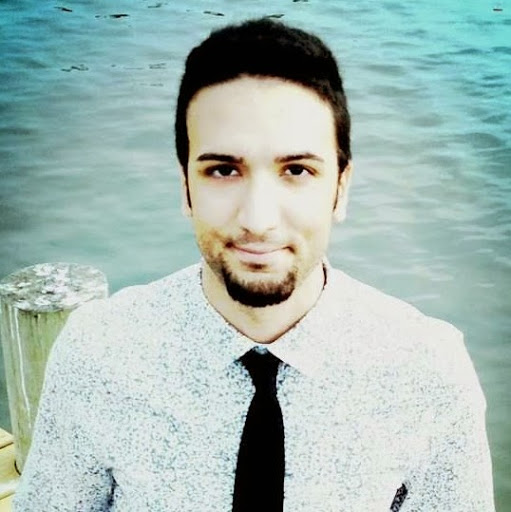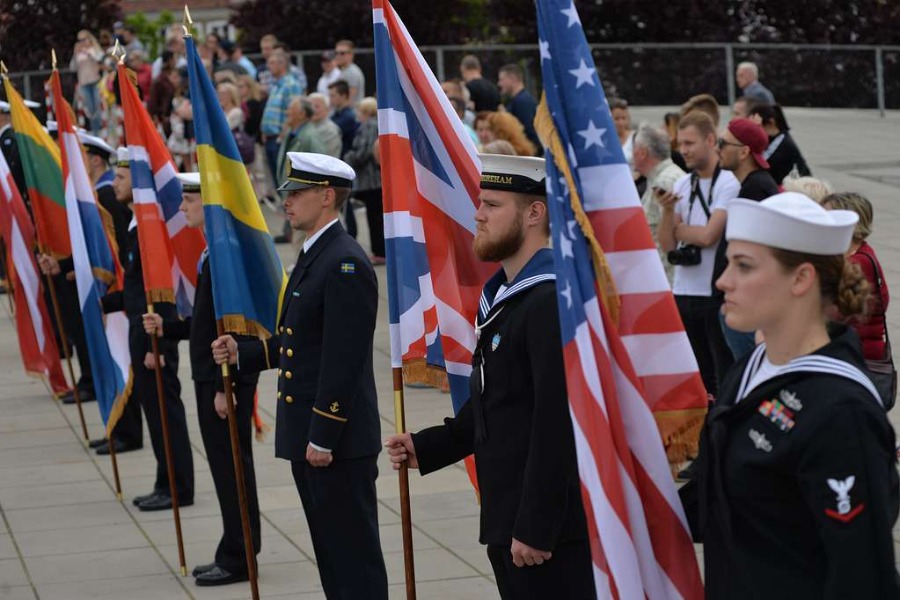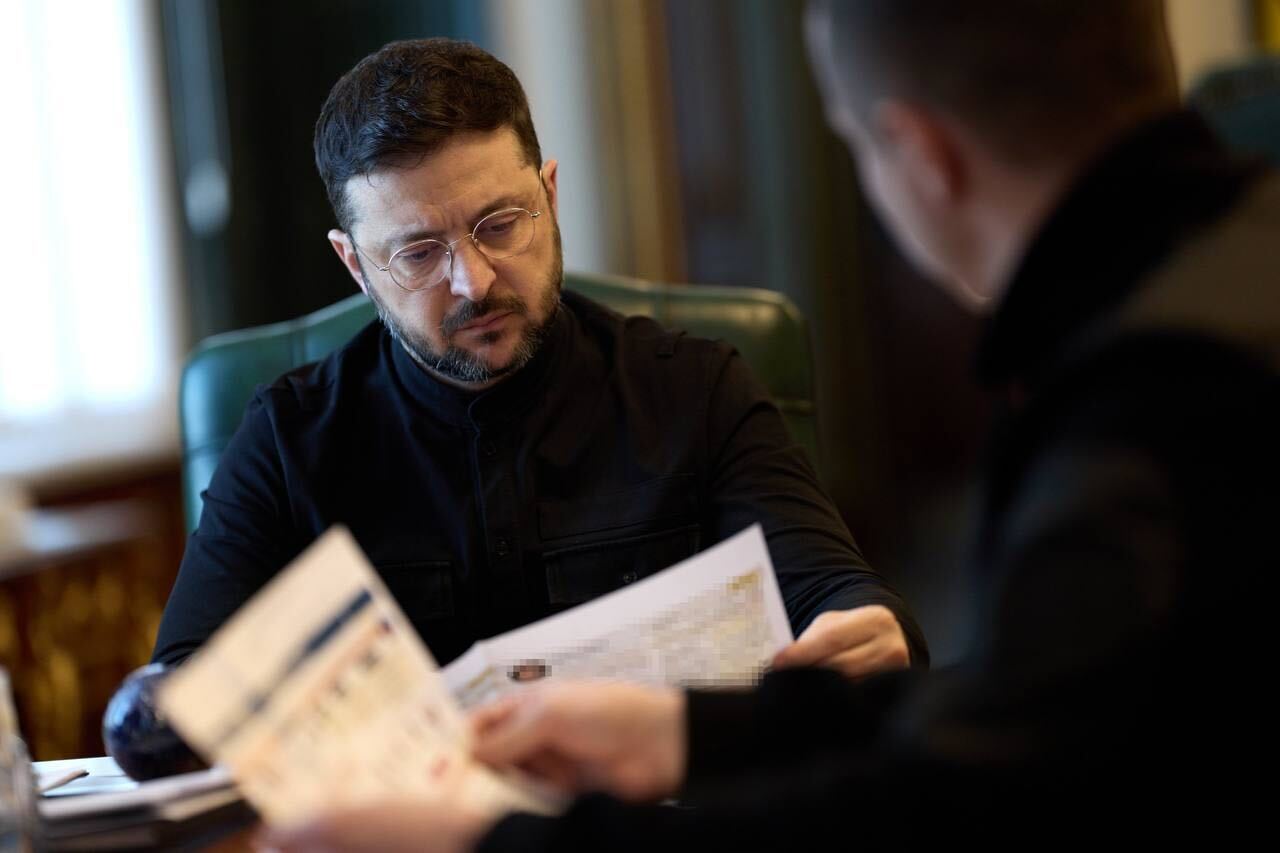A Syrian in Auschwitz
In October 2015, I became a citizen of the United States, after a decade of refuge here from my native Syria. In June 2016, I took my first trip to Europe since coming to this country. With my own native country facing a mass destruction of its own, I visited, among other places, Auschwitz.
I don’t know any other Syrians who have embarked on such a trip, but I wish more would do so.
In October 2015, I became a citizen of the United States, after a decade of refuge here from my native Syria. In June 2016, I took my first trip to Europe since coming to this country. With my own native country facing a mass destruction of its own, I visited, among other places, Auschwitz.
I don’t know any other Syrians who have embarked on such a trip, but I wish more would do so.
I came to the US as a Syrian asylee teenager brainwashed by the combination of pan-Arabist ideology proffered by the Assad-Baathist regime and the attitudes of a conservative Muslim society that upholds antisemitic beliefs. I struggled for a while on coming to the United States with the clash between everything I had been taught and the fact that the most supportive people I had here were Jewish. In my high school class in English for Speakers of Other Languages in my first year in the US, for example, some students were one day laughing about the Holocaust; they didn’t seem to fully comprehend it. My teacher, an amazingly supportive lady, said, “it makes me sad that you’re laughing, I am Jewish and I take the Holocaust very seriously.” That moment stuck with me. I felt her sadness, disappointment and strength.
And that was before my own country erupted in flames.
I went to Auschwitz to see the catastrophic reality of the atrocities humans commit against each other. Our ability to dehumanize others and to allow the total systematic extermination of groups of people is unbelievable. I needed to see beyond the clumped numbers to fully comprehend the personal tragedy of the individual victims. Living in the West, we see global crises as causes to which to donate. The numbers of victims killed and wounded, and the refugees all clumped together make for charts and tables. We get stuck in the statistics. I myself am at fault of that, even when it comes to Syria. To ease the pain over the years, I removed myself from those I love back home. I felt helpless as I heard, saw, and felt their pain. I consciously decided to look at Syria as clumped numbers, not as individual people. But the truth is that each Syrian has a personal tragedy. Syria is not an empty landscape.
I arrived in Oświęcim, the village in which the Auschwitz-Birkenau camps were built, in the early morning hours on a Sunday. The streets were foggy, misty and quiet. Slowly, the town woke up. Old men and women were walking their dogs, biking, and rushing to church. I walked towards the Auschwitz Museum through a nice neighborhood of Polish houses and beautiful gardens that are full of roses and peonies. I kept thinking to myself, how can people live here a few miles away from the site of the world’s most horrific genocidal atrocity? More than a million human beings were systematically killed here, in their neighborhood, and only around seventy years ago.
I still can’t answer the question. But the thought has personal resonance for me. My sister once asked of my own old neighborhood, a mere 98 miles from scenes of mass slaughter: “how could people in Damascus go out and party when Homs, less than two hours away, is being wiped out by the Assad regime’s security forces? Can’t they smell the air?” I was later shocked when I learned that the Germans used the ashes of cremated Jews to fertilize gardens around the camp.
One of the things that also resonated with me was the story of Lilly Jacob, about which I learned at the museum. After she was liberated from the concentration camp, she found a photo album, now known as the “Auschwitz Album,” in which she recognized herself and her gassed family. This album, which contains 56 pages and 193 photos, is the only direct photographic evidence of the extermination process implemented by the Germans at the Auschwitz-Birkenau concentration camp.
Jacob has a modern Syrian counterpart: a man using the pseudonym Caeser, a true Syrian hero, smuggled a huge cache of 55,000 photographs of systematic torture and killing of Syrians by the Assad regime. These were put on exhibit—appropriately enough, at the United States Holocaust Memorial Museum—in Washington, DC a year ago in July. The photos show systematic torture: victims with eyes gouged out, limbs cut off, and genitalia removed. Not all photos have been released, but we can only imagine how many Syrians will search for their loved ones in those photographs. Caeser’s photos represent a tiny fraction of what is actually happening in Syria today. My grandfather was killed under torture by the Assad regime prisons back in 1982. I am certain that somewhere, there is a record: his tortured body was photographed and numbered. His murderers almost certainly documented their crime.
Conversely, despite the much-vaunted German tendency to document things, only 193 photos survived from Auschwitz. In them, the last breaths of victims are preserved forever. Those people were once alive, they had families, friends, jobs and dreams. Although people speculated about the existence of Auschwitz at the time, much less was known in real time than what we know today about what is going on in Syria. Auschwitz was closed by Soviet troops within five years of its being built. The Syrian tragedy continues in its fifth year with no end in sight.
Where humans are exterminated, even if no witnesses remain, the places have memory. The Auschwitz barracks today stand as witness to the murder of more than a million innocent souls. The many Assad regime detention camps in Syria are witnesses, too. The walls of the Syrian regime prisons hold the last breaths, fears, and screams of those tortured to death. Many prisoners carved their names onto them before they disappeared forever.
Since its founding, the United States has opened its arms to those fleeing extermination, political persecution, and fear. Although many Jews found refuge in this country during and after World War II, others were turned back or were not welcomed. They faced American xenophobia, just like the Syrian refugees are facing it now. In 1939, the United States government turned away a German ship carrying more than 900 Jewish refugees escaping persecution weeks before World War II. The ship, which became known as “Voyage of the Damned,” went back to Europe after Jewish asylum seekers onboard were denied entry to Cuba, Canada and the United States. Many of its passengers were killed.
An estimated five million Syrians have fled the horrors of the Syrian crisis today. They just want to live in peace, have a chance to prosper, and raise their children in safety. Young Syrians want opportunities to study and work. How can we deny them refuge to the extent we’re capable of providing it? Today, in many European cities, old Jewish ghettos are the most expensive neighborhoods. The Jewish community in the US, meanwhile, is highly educated, influential, and respected. The Syrian-American community, notwithstanding what you’ve heard from Donald Trump, is the same: most are doctors, lawyers and architects. We have many great examples of successful young Syrian Americans, not many counterexamples. Even the longest married couple in America is Syrian; the husband was a refugee who escaped to the US during World War I. Given the chance, Syrian refugees have proven to be active members of any society they’re placed in. Most are either resuming their educations or pursuing their careers. I was given the chance to become a proud American; others should be too.
At the end of my trip to Auschwitz-Birkenau, there was absolutely nothing to smile about. I bought a small book of photographs, in which I kept my ticket and name-tag. I simply wanted to stay silent for a few days to digest what I saw, smelled, heard, and most importantly, deeply felt. I sat at the train station for more than seven hours awaiting my late night train, unable to do much of anything. I didn’t cry there; I was in automatic mode, taking everything in. But I cry now whenever I remember the stories and places and when I reflect on the fact that the ennobling slogan “Never Again” is actually a lie.
Will Syrians ever be able to stop the violence, end the killing, and punish the criminals? I am not sure. But I am sure of this: We may not be able to force our governments to find a political solution to end the Syria crisis, but we certainly can welcome more vetted refugees into our communities. We can help them start over and rebuild their lives without fear, death or destruction. We can prevent a large-scale Voyage of the Damned.
I still haven't looked at my photographs from Auschwitz yet.





